End Game: Final Roll Known

Casino games tournaments are fun, and they can be profitable too. In upcoming articles, we will continue to publish a series of excerpts from Stanford Wong’s book, Casino Tournament Strategy.
This article covers the end game for craps tournaments in which the final roll is identified in advance. The tournament might consist of a set number of rolls of the dice, or it might be a specified time interval plus a set number of rolls. The important feature is that the final roll is known in advance. All players know when the final roll is coming, they make their final bets, and then the dice roll for the final time. After the final winning bets are paid and losing bets are picked up by the dealer, all undecided bets on the layout are returned to the players.
Bets With a Player Edge
You have an 11.11% edge with a final-roll bet on the come. You have 8 ways to win, 4 ways to lose, and 24 ways to push.
Since all unresolved bets are returned after the last roll, come bettors have an edge on the last seven rolls of the dice.
Don’t-come bettors are at a greater disadvantage than usual, and for the whole session! On the eighth roll from the end, when come bettors are playing with close to zero edge, don’t-come bettors are playing with a 2.8% disadvantage rather than their normal 1.4% disadvantage.
Unfortunately, the bets you want to make to win your table are not the bets that give you an advantage over the casino.
Though you can make bets that give you an edge over the casino, your expected win on those bets generally is small compared to the prize money at stake in the tournament. Therefore, your first priority is to try to win the tournament, even if you have to pass up bets with a positive expectation. You want all your chips available for betting on the final roll; that means you cannot have any money tied up as come bets locked on numbers, which means you will not be able to take advantage of the positive expectation on come bets on the last dozen rolls.
Bets, Ten Minutes or Ten Rolls Prior to Final Roll
The minimum you want going into the final roll is the bankroll position of BR*. (BR* means any bankroll position that advances to the next round.) If there is more than one person with enough chips to challenge you, and if you think those people will be willing to bet all their chips on the final roll, then you usually should not be content with being merely BR*; you should like to have a comfortable lead over all competitors who are not BR*. How much of a lead you want depends primarily on your betting position on the final roll.
If you will be betting after all of your serious competitors, then any lead is sufficient. If you will have to bet ahead of serious competitors on the final roll, you would like to have a lead over them of at least the maximum on a field bet.
To get the lead you want, make place bets or buy behind one or more numbers. If you need a swing and too many people ahead of you in bankrolls are already loaded up on bets both in front of and behind the numbers, make a field bet.
There are two things that are important here. One is if you are not BR*, you should bet your whole bankroll. Second is you should bet your money with maximum flexibility in mind. Place bets and buy bets give you flexibility; you can change them at will. You would not normally consider a large pass-line or come bet because you cannot change those bets once they go on a number.
This article is part of a series, to be continued…
Excerpted with permission from Casino Tournament Strategy by Stanford Wong, edited for this format.

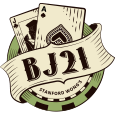



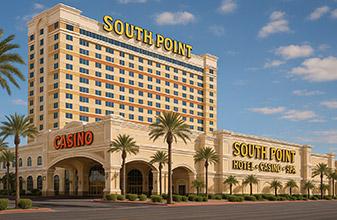

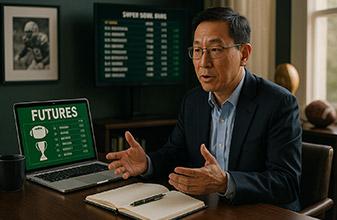
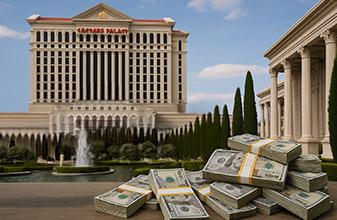
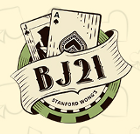

Please log in or register to leave a comment